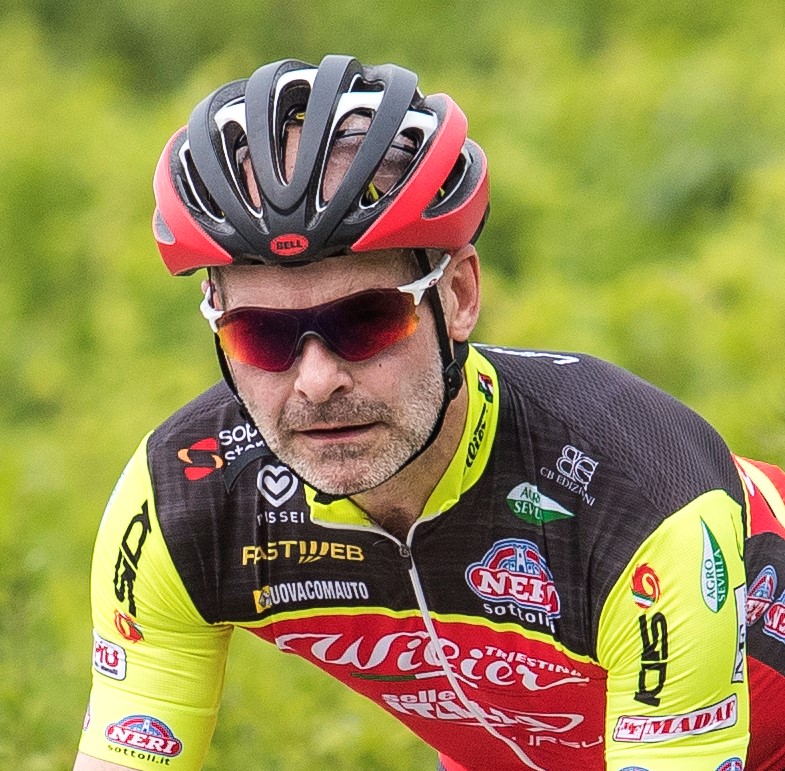It seems as if every change in road-cycling tech provokes visceral hatred, not least from the pros.
Most have been reluctantly accepted – often following a protracted period of grumbling and protests.
We’ve gathered up our pick of the greatest road-cycling tech controversies, ranging from derailleur gears in the 1930s to hookless rims today.
It's pro-biased, but there's plenty that affects the rest of us, too.
Disc brakes
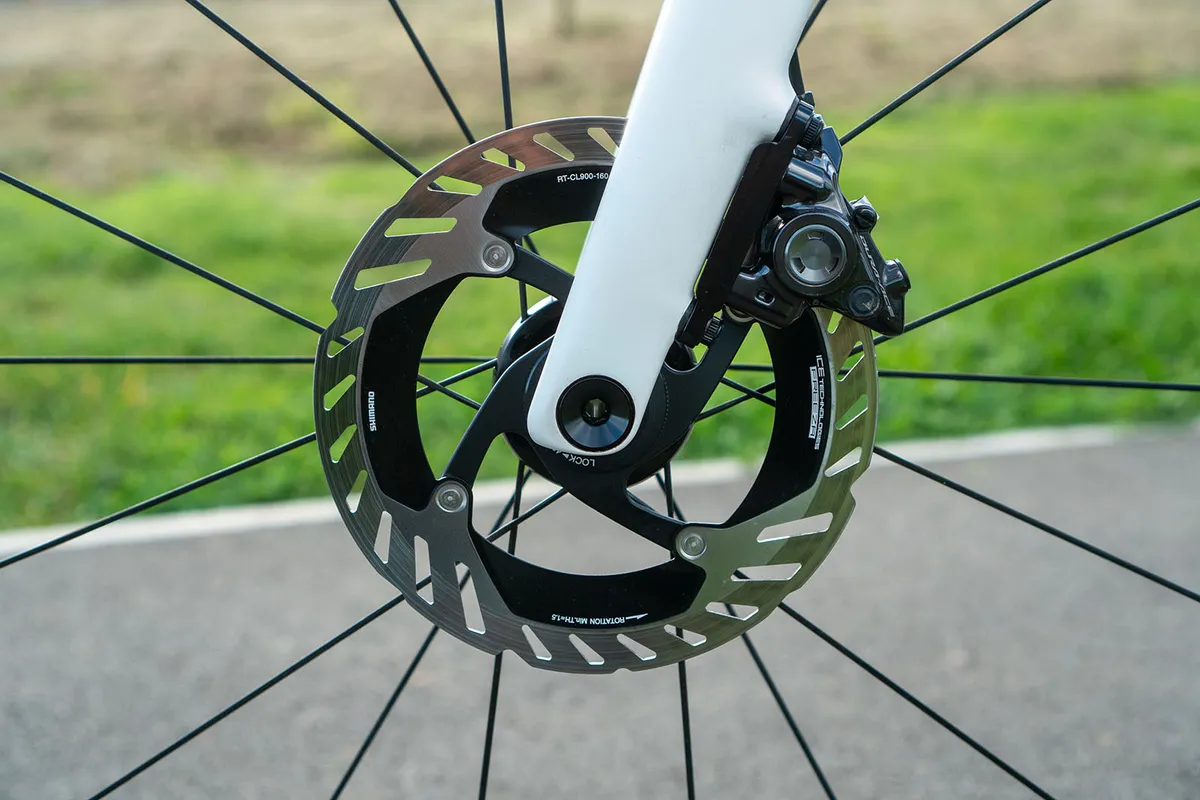
Ten years ago, all the pros rode on rim-brake bikes, while Ineos was still using rim brakes as recently as 2021.
Back in 2016, when the UCI (yes, the organisation that has subsequently tried to ban everything from handlebars narrower than 400mm and gearing over 54x11 to socks longer than half-calf) allowed teams to use disc brakes in races, there were rider strikes that forced the suspension of the trial. Who says the UCI never listens to its stakeholders?
There was Francisco Ventoso’s gash suffered at Paris-Roubaix in 2016, rumoured to be due to a brake rotor. As Rory Sutherland, riding for Movistar Team at the time, commented: "Because we really needed an accident to decide this was a bad idea? How many riders wanted discs? Nearly none!"
Scroll forward 10 years and, even if Colnago has gone back to the future with the Colnago C68 Rim Brake, you’d now be hard-pressed to find a rim-brake frame marketed by a mainstream brand, let alone rim-brake wheels to put in it.
Thru-axles
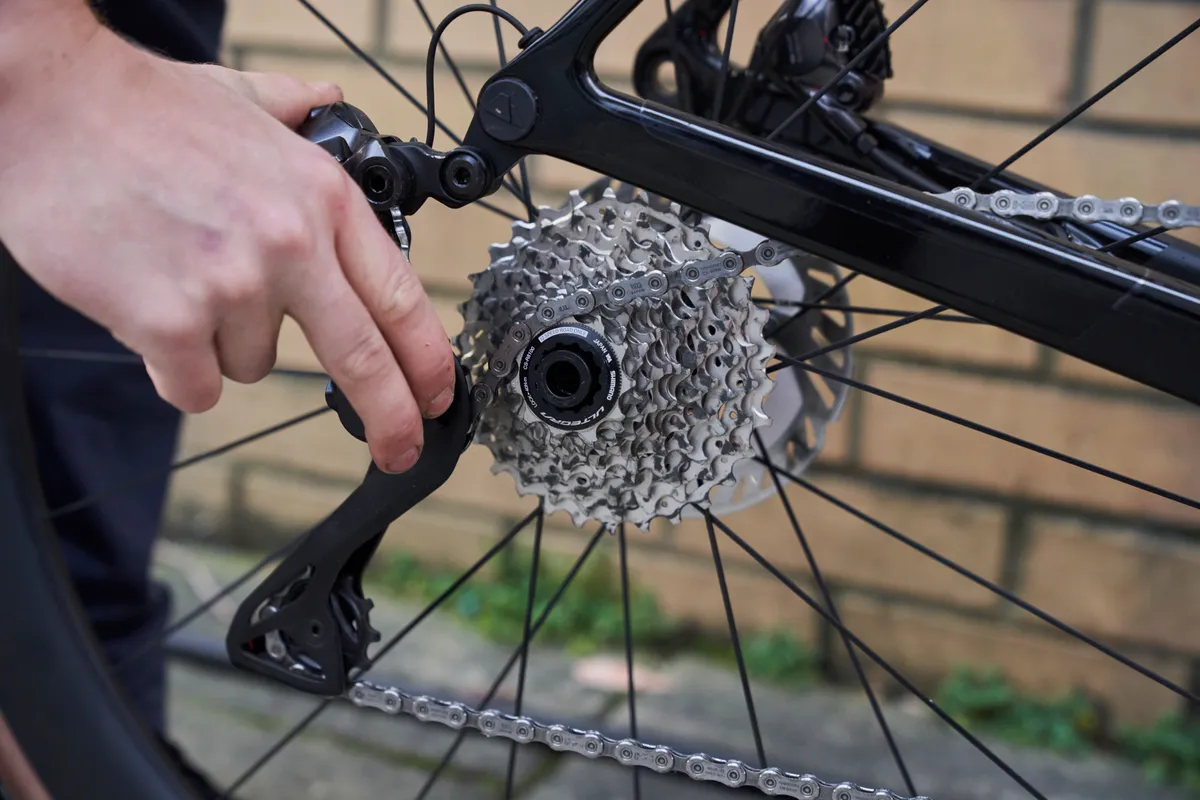
Paired with the swap to disc brakes came the use of thru-axles on road bikes, another cause for complaint by the pros.
They’d make it so much slower to swap a wheel during a race than quick-releases and no two thru-axles would be the same, so neutral service would need to carry a cluster of different wheels to match. They're of course heavy too, as are thru-axle frames, ran the argument.
Turns out the thru-axle goes with the frame rather than the wheel and, with pretty much every road bike standardising on 12x100mm front and 12x142mm rear thru-axles, any wheel can fit in any frame.
Plus, pro riders have learned how to undo their thru-axles themselves rather than relying on a mechanic to unscrew them or flip a quick-release, so they’re ready and waiting for a fresh wheel before the car has even pulled up.
Derailleur gears

"I still feel that variable gears are only for people over 45. Isn't it better to triumph by the strength of your muscles than by the artifice of a derailleur?” – Henri Desgrange
Why allow riders to choose an easier gear, when they could grind up the Tourmalet at a cadence of 30 – or walk?
Back in the day, if a rider wanted an easier gear for climbing, it meant stopping, undoing a couple of wingnuts, flipping their wheel round to engage a larger sprocket on the other side of the wheel and tightening everything up again. Then doing it in reverse at the top.
Even when they arrived in the pro ranks in the 1940s with the Campagnolo Cambio Corsa, derailleurs only offered four close ratios.
Changing gears was a matter of operating one lever attached to your seatstay to unlock the back wheel from the frame, pedalling backwards to disengage the chain, operating a second lever to shift it to the new sprocket, then pedalling forward to tension the chain before using the first lever again to lock the wheel. Simple.
But it was a lot easier than flipping a wheel or riding a singlespeed up the Tourmalet.
Helmets

Despite being part of Greg LeMond’s armoury when he defeated Laurent Fignon in the final-stage time trial to win the Tour de France by eight seconds in 1989, helmets weren’t mandated in races by the UCI until the 2003 Giro d’Italia.
Many pros grumbled, of course, so as a concession, the UCI allowed them to remove their helmets and pass them to their team cars at the foot of a climb of 5km or more to a summit finish, so they didn’t overheat.
Power meters

Back in 2018, Tour de France boss Christian Prudhomme mooted banning power meters in races. The thinking at the time was they led to riders pacing themselves up climbs to avoid blowing their threshold power and thus to boring racing.
There was the classic shot of Chris Froome staring at his power meter to prove it – and even some top pros at the time, including Vincenzo Nibali, agreed.
Turns out Froome had his head down to relax his neck muscles and improve his breathing, as I probably would after 200km on a pro bike. Pros ride enough that they and their coaches know what they can sustain, and they will often pre-ride a major climb and work out a sustainable pace before a race, so they're not so interested in power numbers in the heat of battle.
Race radios
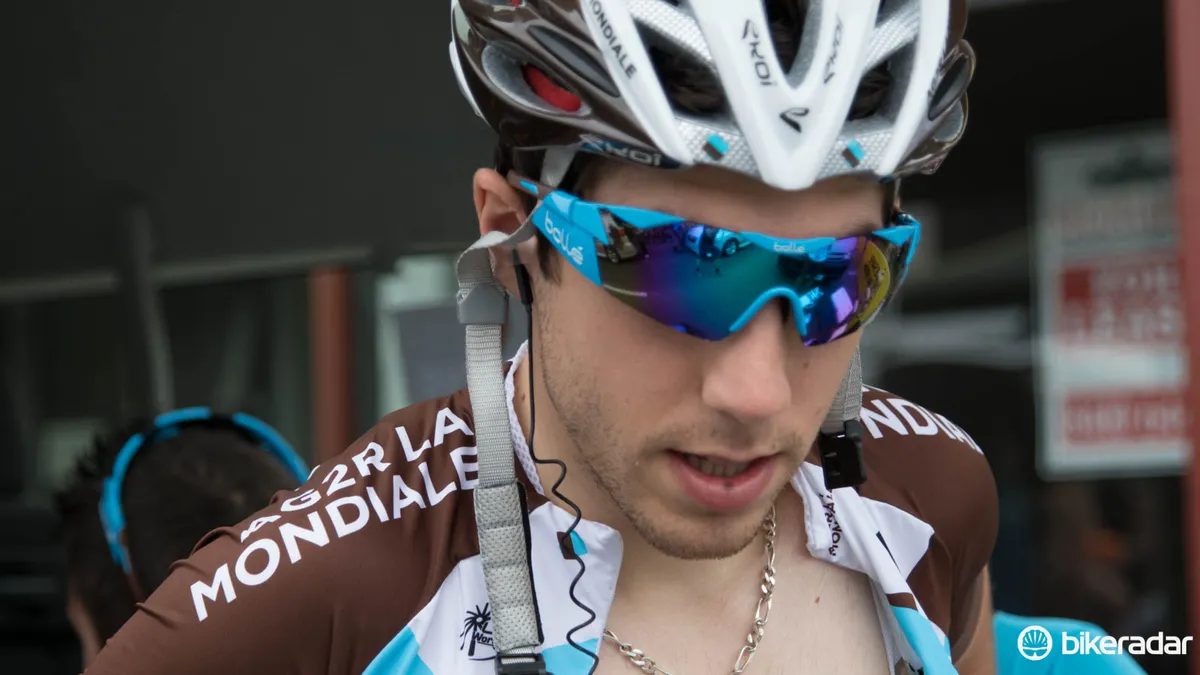
It’s another one the UCI has its beady eye on, with race radios periodically banned, reinstated and racing trialled without them. They’re still not allowed in the Olympics or World Championship races.
The thinking is that, with a radio in their ears, tactics are decided by a directeur sportif, riding in a car behind the peloton, rather than rider feel. It’s also claimed that riders will be told, for example, to speed up to get to the front of the peloton before a pinchpoint in the race’s parcours, leading teams to rush to position themselves and an increased risk of a crash.
The counterargument is that communication improves safety by alerting a team's riders and staff to an accident or mechanical, as well as alerting team cars to a problem. Having rumbled on for over a decade, it’s probably not going to be resolved any time soon.
Press-fit bottom brackets
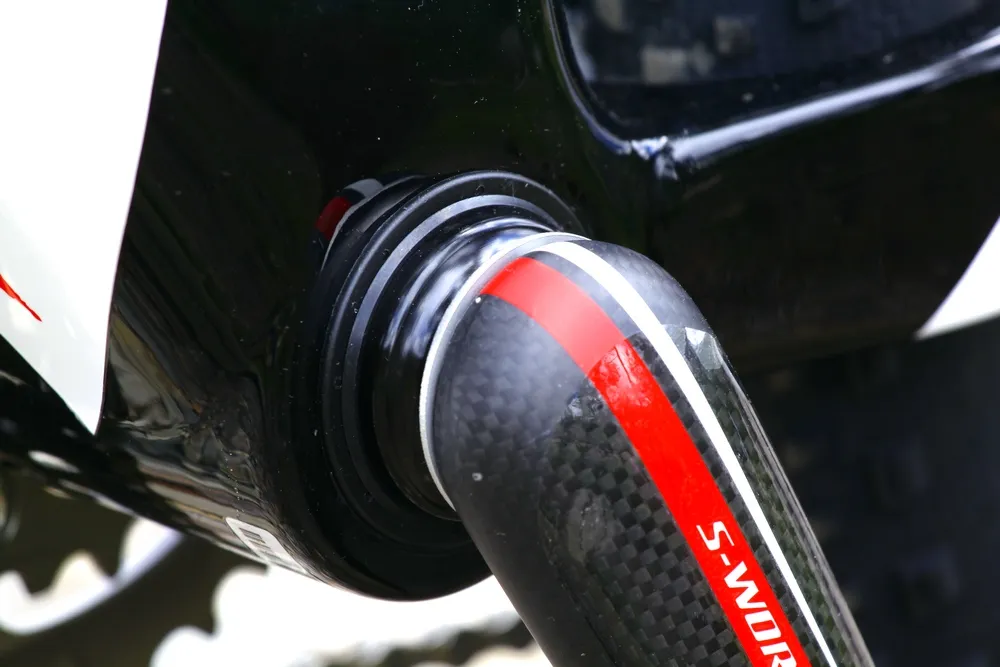
We’ve not heard many pros complain about press-fit bottom brackets, but we bet if we asked their mechanics, it would be high on their list – so too for amateurs.
Introduced by Cannondale in 2006 and aimed at making the bottom bracket area lighter and stiffer, as well as enabling the crankset to have a wider spindle with thinner walls, the press-fit bottom bracket also made it cheaper to manufacture a bike frame.
It spawned a multitude of bottom bracket ‘standards’, each aimed at avoiding the disadvantages of the one that preceded it, making it near-impossible to work out what would fit when you needed a replacement.
And you’d need a replacement, probably sooner rather than later. Press-fit bottom brackets have a habit of failing and they rely on precise tolerances between the shell in the bike and the bearing, making them prone to creaks and wear.
Now, almost all new frames have either swapped to the T47 threaded bottom bracket or, as with Cannondale's latest frames, reverted to BSA.
Internal cable routing

This is another one that pros probably like and their mechanics almost certainly hate. It’s rare for higher-spec bikes not to come with internal cabling these days, and even the Specialized Aethos has buried its cables inside in its latest Version 2.
Simple changes such as raising or lowering a stem could in the past mean disassembling the front end, although many bikes now have split spacers to make this much easier.
Internal cabling also means tight bends, so if there are any cables in there, they’re more prone to poor shifting and breakage than the wide curves of cables outside the frame. When they do break, or need replacement, this usually means dismantling large parts of the bike.
Of course, ‘cables’ is a misnomer for most higher-spec bikes nowadays. Shifting is almost always electronic and has gone wireless, while brakes are operated hydraulically and so are unaffected by the intricacies of their hose runs.
One-piece cockpits

Another one that’s a pain if you don’t get on with what you’re given, one-piece cockpits commit you to a stem length and bar width, usually chosen for you by the bike maker, as well as the shape and angle of the tops.
Since they’re made of carbon, change is expensive and you’re often committed to one brand’s design because there’s little intercompatibility.
Brands go out of their way to keep their pro riders happy, often producing odd length/width combinations to suit their stars, but for the rest of us, it’s a case of shut up and take what you’re given – or choose another bike.
Tubeless tyres and hookless rims

This one is still playing out at the pro level. As with disc brakes, tubeless tyres have been labelled as unsafe and the cause of crashes, even though the pros’ previous can’t-live-without tech, tubulars, have almost certainly caused plenty more crashes by rolling off rims than tubeless tyres.
Hookless rims are blamed for making the risk of tyre separation even worse and Adam Hansen, the head of the pros' union, has spoken out against hookless rims. Even ENVE, a trailblazer in hookless road rims, is hedging its bets by adding ‘mini-hooks’ to its latest SES Pro wheels.
It’s not clear where this one will land, but with tubeless tyres shown to often have lower rolling resistance than other tyre types, expect the pros to bury their qualms and stick with the tech.
Which new tech do you love to hate? Have we missed it out? Let us know in the comments below.

